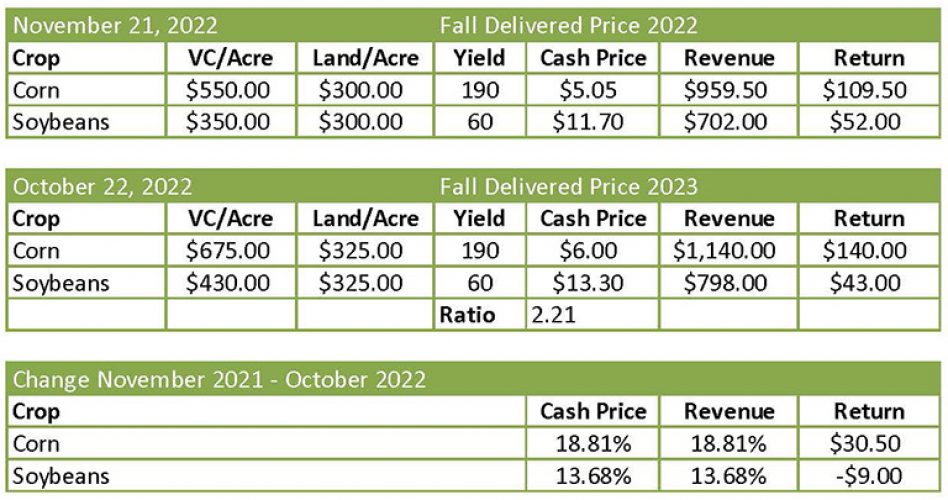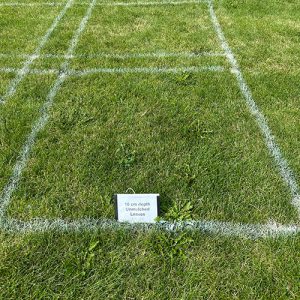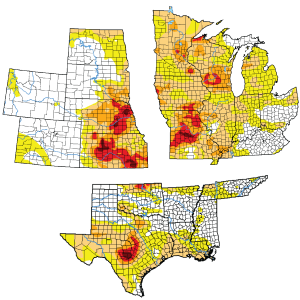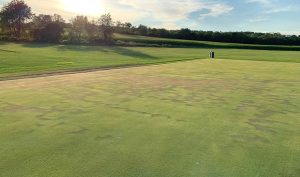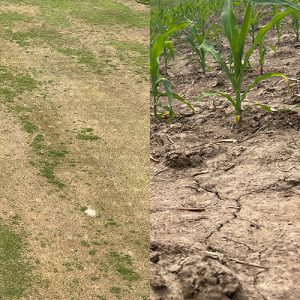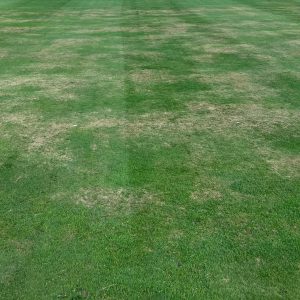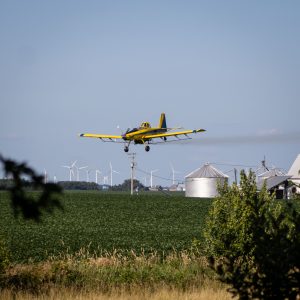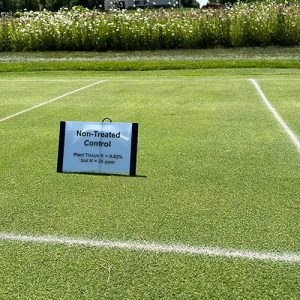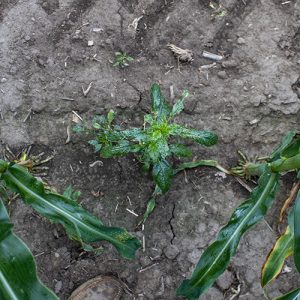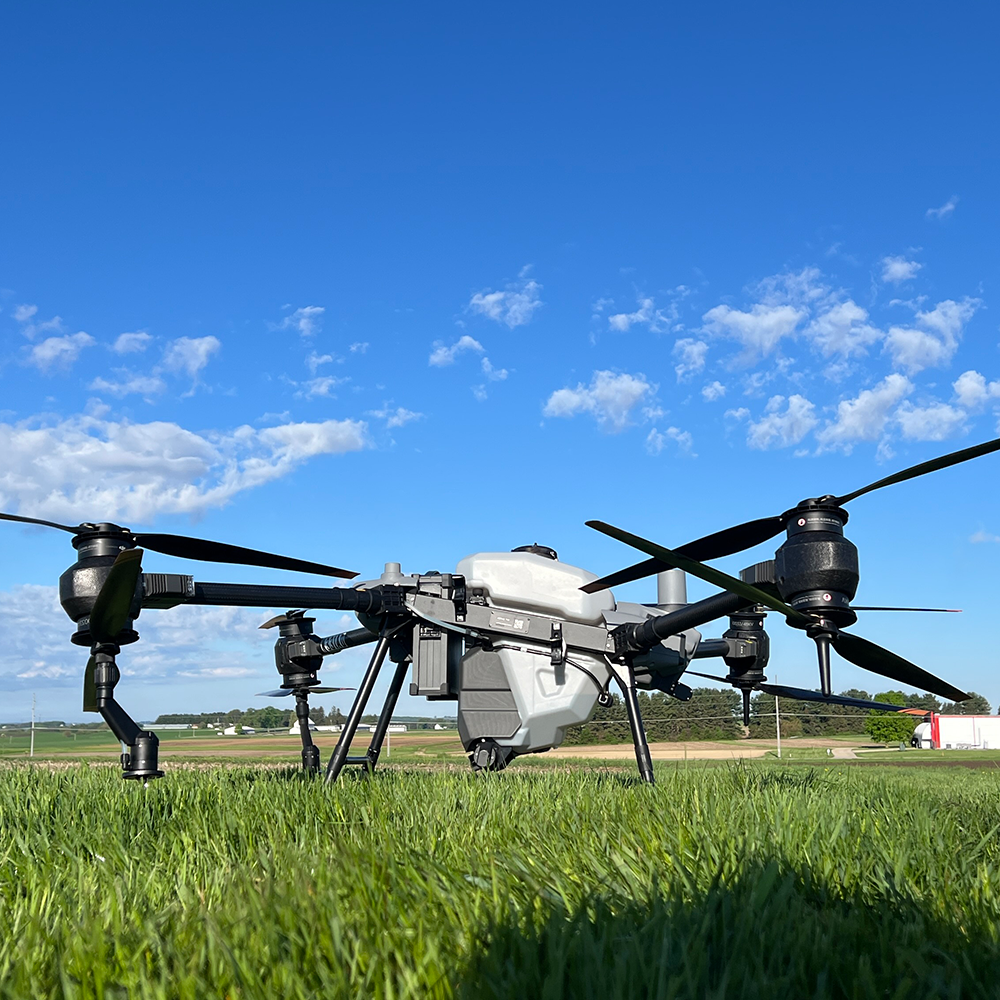
Keys to Success for Insecticide & Fungicide Applications in 2024
Crop dusters and spray drones are taking flight, but is what’s in the tank enough to take on this year’s disease pressure? A strong fungicide or insecticide application can make or break a successful cropping season, but the optimum tank mix is incomplete without the right adjuvants.
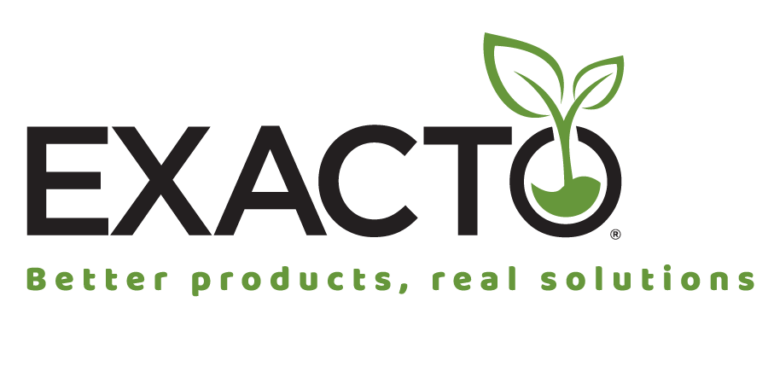


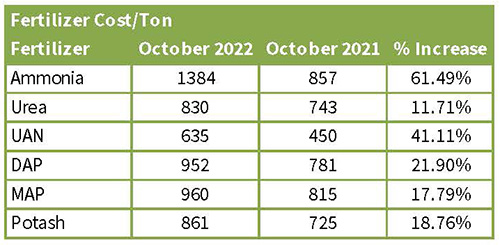 When it comes to pricing and economic outlook, corn is favored over soybeans going into 2023 with an expected yield of 190 (corn) over 60 (soybeans). This significant change raised anticipated return on corn by $30.50 and dropped return on soybeans by $9. Variable cost (VC) per acre and land costs are rising. While all fertilizer prices have been rising by 10% or more, UAN prices have increased by over 40% and ammonia increases surpassed 60%.
When it comes to pricing and economic outlook, corn is favored over soybeans going into 2023 with an expected yield of 190 (corn) over 60 (soybeans). This significant change raised anticipated return on corn by $30.50 and dropped return on soybeans by $9. Variable cost (VC) per acre and land costs are rising. While all fertilizer prices have been rising by 10% or more, UAN prices have increased by over 40% and ammonia increases surpassed 60%.